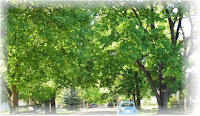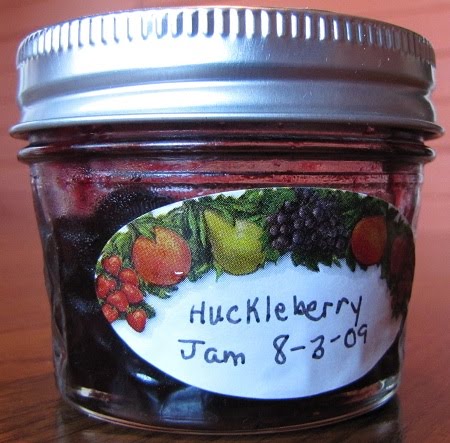Pictured on the cover of this morning’s newspaper is a man in a bucket truck cutting tree limbs. It’s captioned that he is cutting branches from a tree infected with Dutch elm disease. Crews will have to destroy from 75 to 90 of these majestic trees by April.
What is Dutch elm disease and why is it named “Dutch”?
- It seems that the Dutch have been unfairly blamed for the loss of millions of trees.
- Actually, it was Dutch scientists that identified the disease when it first made its appearance in Holland around 1917, thus the name “Dutch” elm disease.
- The disease quickly spread and killed many European elms.
- The disease is a fungus spread by bark beetles and through infected roots crossing underground.
- It first made its appearance in North America in 1930. It apparently came into the country on a shipment of infected wood.
- Cleveland, Ohio was the first to notice its disastrous affects and within two years the disease quickly killed large numbers of elm trees.
- By 1970, Dutch elm disease had killed 77 million trees from coast to coast.
- Towns and cities all across America from the Atlantic Ocean to the Rocky Mountains had lost some of their character due to “Dutch” elm.
The city of Kalispell is known for its lush canopy of tree lined streets and it’s one of the things I love about living in this historic neighborhood. Each summer these stately trees create a feeling of coolness and tranquility for anyone willing to experience their natural beauty.
It’s sad to hear about the plight of our neighborhood’s elm trees and their loss will surely change the landscape. Fortunately, when people settled and built this town, they also planted Norway Maples, Cottonwoods and other types of trees.
Two stately Norway Maples sit on the boulevard in front of my house and I’m thankful for that.
Till next time,
Marlene
Other articles you may enjoy:




